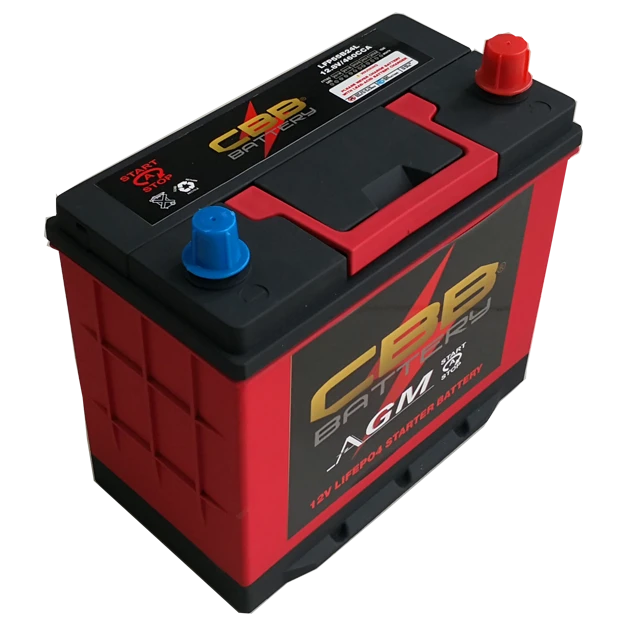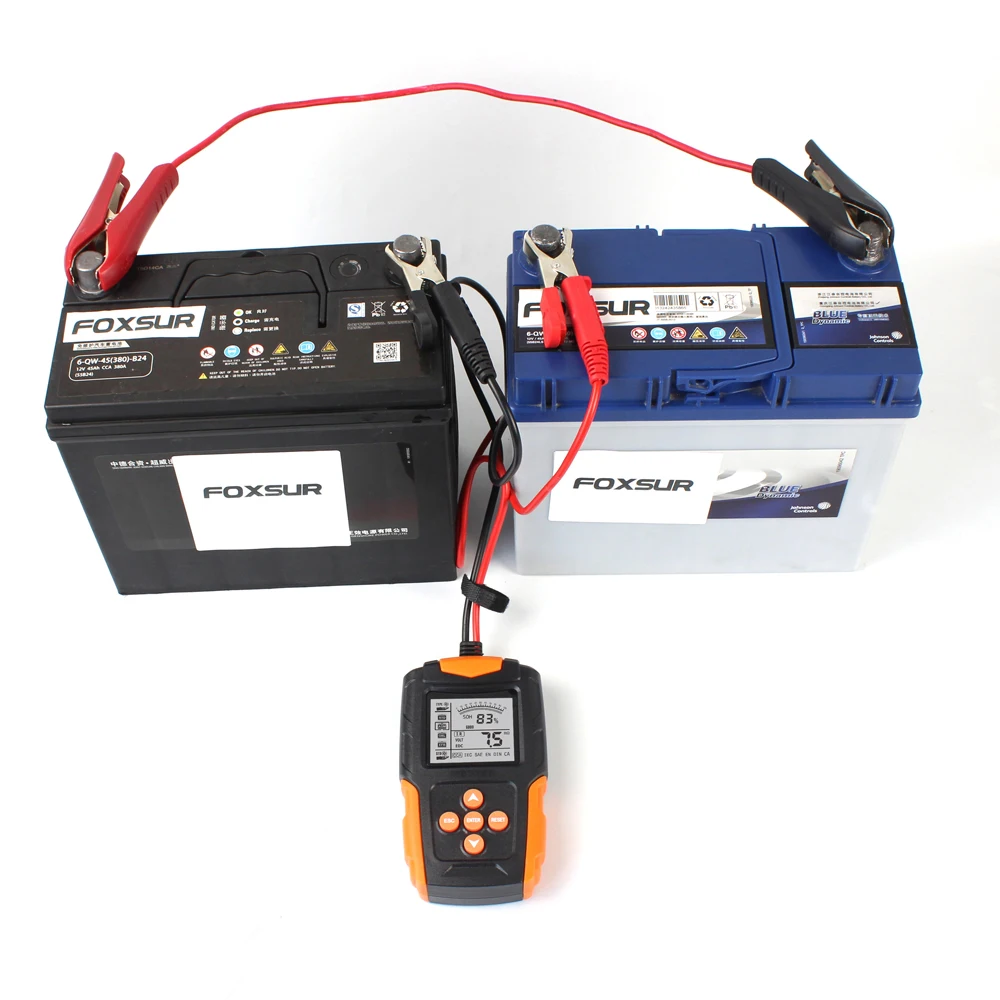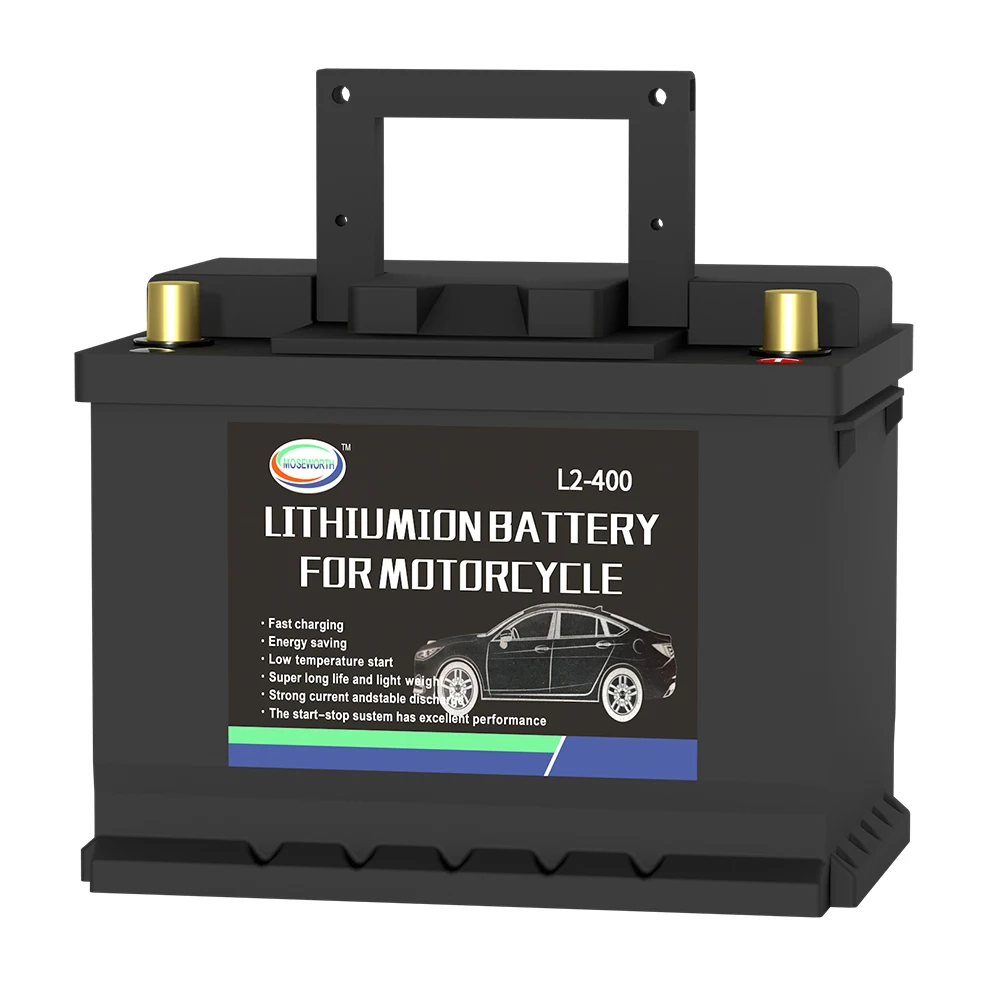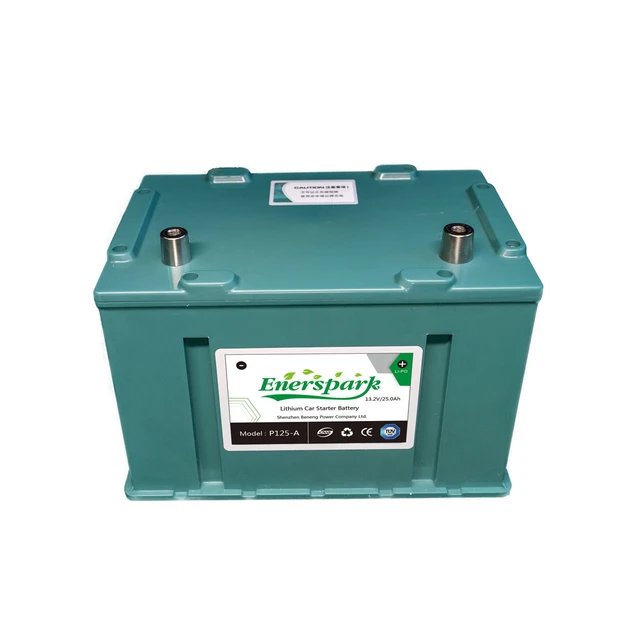 Introduction:
Introduction:
A car battery is a vital component that powers various electrical systems in a vehicle. However, over time, batteries may degrade or experience issues that affect their performance. Recognizing the symptoms of a bad car battery is crucial to avoid unexpected breakdowns and ensure timely maintenance. In this comprehensive article, we will explore the common symptoms of a failing car battery. From slow engine cranking to dimming lights, understanding these signs will help you take appropriate action to prevent potential automotive problems.
 There are several types of car batteries commonly used in the automotive industry
There are several types of car batteries commonly used in the automotive industry
There are several types of car batteries commonly used in the automotive industry. Here are a few:
Lead Acid Batteries:
Lead acid batteries are the most common type of car battery. They have been used for many years and are known for their reliable starting power. Lead acid batteries are affordable and widely available, making them a popular choice.
Absorbent Glass Mat (AGM) Batteries:
AGM batteries are a type of lead acid battery that utilizes a glass mat separator to hold the electrolyte solution. AGM batteries are known for their superior performance, durability, and resistance to vibration. They are often used in modern vehicles with advanced electrical systems.
Gel Batteries:
Gel batteries are a variation of lead acid batteries. They use a gel-like electrolyte instead of liquid, which makes them more resistant to leakage and allows for mounting in various positions. Gel batteries are commonly used in recreational vehicles (RVs) and motorcycles.
Lithium-Ion Batteries:
While not as common in standard car applications, lithium-ion batteries are becoming increasingly popular in hybrid and electric vehicles. These batteries are lightweight, have a high energy density, and can provide extended driving range. However, they are more expensive than traditional car batteries.
It’s important to note that the specific type of battery required for a vehicle depends on factors such as its make, model, and electrical system requirements. It’s always recommended to consult the manufacturer’s specifications or seek professional advice when selecting a battery for a specific vehicle.
Slow Engine Cranking
Difficulty in Starting the Engine:
A failing car battery often results in slow engine cranking.
You may notice the engine takes longer than usual to start, indicating a weak battery.
Clicking Sounds:
Clicking sounds during ignition can be a sign of insufficient power from the battery.
These sounds indicate that the starter motor is struggling to engage due to low battery voltage.
 Dimming Lights and Electrical Issues
Dimming Lights and Electrical Issues
Dimming Dashboard Lights:
A failing battery may cause dimming or flickering of dashboard lights.
These fluctuations suggest that the battery is unable to supply sufficient power to the vehicle’s electrical components.
Weak or Flickering Headlights:
If your headlights appear dim or flicker while driving, it may indicate a failing car battery.
Insufficient power supply can cause headlights to function improperly or at reduced brightness.
Electrical Component Malfunctions:
Failing car batteries can lead to glitches or malfunctions in various electrical systems.
Unresponsive power windows, sluggish air conditioning, or faulty radio reception are common symptoms.
Struggling Accessories and Power Drainage
Weak or Inconsistent Power Supply:
A bad car battery may struggle to provide sufficient power to accessories such as power locks, seats, or windows.
These components may operate slowly or fail to function altogether when the battery is compromised.
Frequent Battery Jump-Starts:
If you find that your car frequently requires jump-starting, it is a strong indication of a battery issue.
The need for frequent boosts suggests that the battery is unable to hold a charge.
Power Drainage:
A failing car battery can experience excessive power drainage even when the vehicle is not in use.
This drainage may result in a dead battery if the vehicle remains inactive for an extended period.
Unpleasant Odor and Physical Changes
Rotten Egg Smell:
A malfunctioning car battery can release a distinct sulfuric odor, commonly described as a “rotten egg” smell.
This odor indicates battery acid leakage or internal damage.
Bulging or Swollen Battery Case:
Physical changes, such as a bulging or swollen battery case, suggest an internal problem.
These visual signs indicate potential damage or excessive heat within the battery.
Corrosion and Buildup on Battery Terminals:
Corrosion and buildup on battery terminals are common signs of an aging or failing battery.
The accumulation of white or greenish deposits on the terminals can interfere with electrical connections and performance.
 To maintain a car battery and ensure its longevity, consider the following tips:
To maintain a car battery and ensure its longevity, consider the following tips:
Regular Inspection:
Periodically inspect your car battery for any signs of corrosion, leakage, or physical damage. Check for loose connections, frayed cables, or any other issues that may affect the battery’s performance.
Keep it Clean:
Clean the battery terminals and connections regularly to prevent the buildup of corrosion. Use a mixture of baking soda and water or a specialized terminal cleaning solution, along with a wire brush, to gently remove any corrosion or residue.
Tighten Connections:
Ensure that the battery cables and terminals are securely tightened to prevent loose connections, which can lead to electrical problems or poor battery performance. Make sure the connections are clean and free from debris before tightening.
Avoid Draining the Battery:
Extended periods of inactivity or leaving electrical devices on when the engine is not running can drain the battery. Try to minimize the use of electrical components, such as lights or the radio, when the engine is off to preserve battery power.
Charge Regularly:
If you have a vehicle that is not driven on a regular basis, it is advisable to use a battery maintainer or trickle charger to keep the battery charged. This helps prevent the battery from losing its charge and becoming completely discharged.
Keep it Cool:
Extreme heat can shorten the lifespan of a car battery. Park your vehicle in shaded areas or use a car cover to protect it from direct sunlight, especially during hot summer months. Excessive heat can lead to battery fluid evaporation and internal damage.
Test the Battery:
Routinely test the battery’s voltage and overall health using a multimeter or battery tester. This can help identify early signs of a weak or failing battery and prevent unexpected breakdowns.
Replace when Necessary:
Car batteries have a limited lifespan, typically ranging from 3-5 years. If your battery is older or consistently showing signs of weakness, consider replacing it proactively to avoid unexpected failures or starting issues.
Remember, car battery maintenance is essential for reliable vehicle operation. Following these tips can help prolong the lifespan of your car battery and ensure it functions optimally throughout its lifespan.
 Conclusion:
Conclusion:
Recognizing the symptoms of a bad car battery is essential for maintaining a reliable and functional vehicle. From slow engine cranking and dimming lights to power drainage and physical changes, these symptoms indicate potential issues that require attention. By identifying these signs early on, you can avoid unexpected breakdowns, maximize the lifespan of your car battery, and ensure a smooth driving experience. Regular battery maintenance and timely replacement when necessary will help you avoid inconvenience and keep your vehicle operating at its best.









